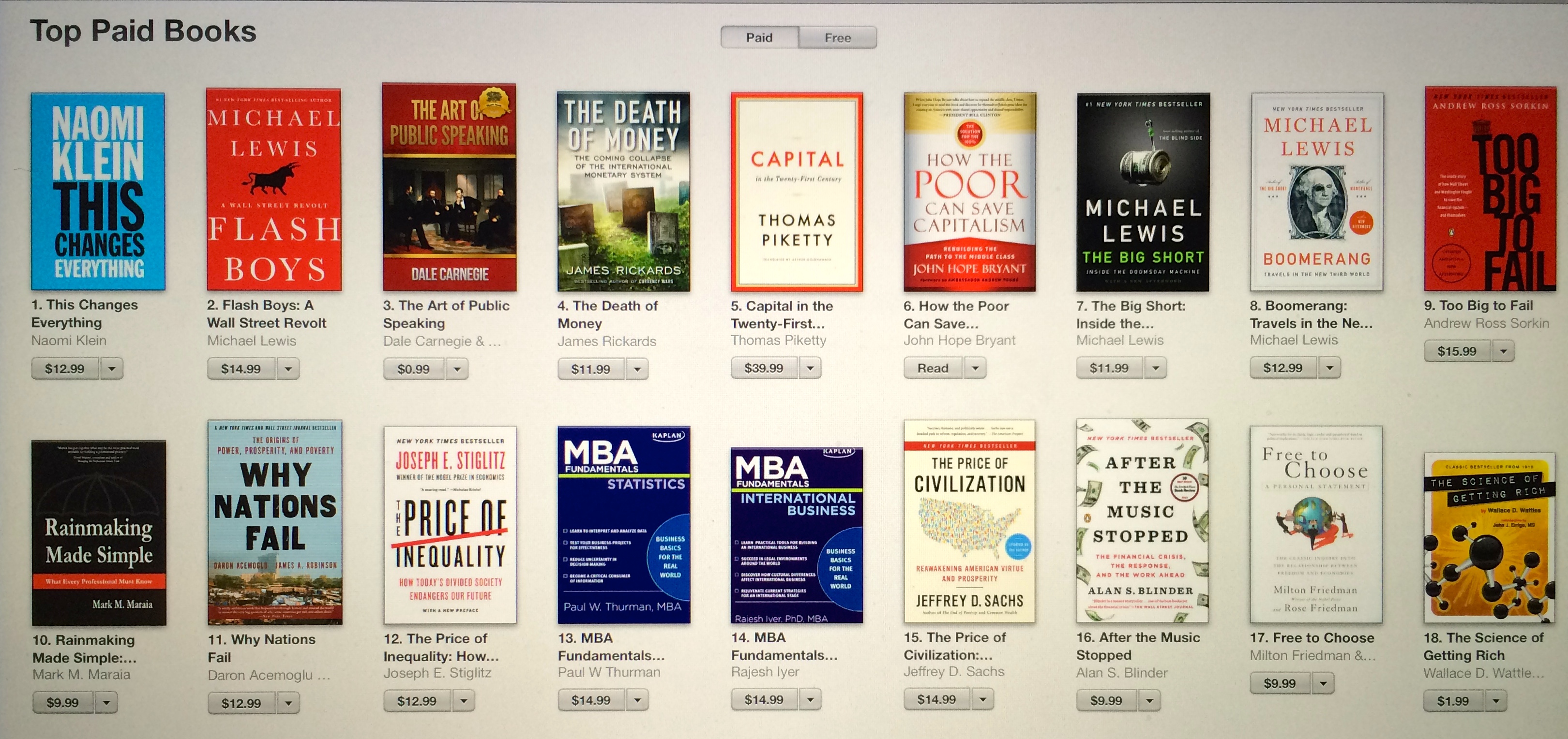
On many measures, Piketty reckons, the importance of wealth in modern economies is approaching levels last seen before the first world war.įrom this history, Piketty derives a grand theory of capital and inequality. But the shocks of the early 20th century have faded and wealth is now reasserting itself. High taxes, inflation, bankruptcies and the growth of sprawling welfare states caused wealth to shrink dramatically, and ushered in a period in which both income and wealth were distributed in relatively egalitarian fashion. Only the chaos of the first and second world wars and the Depression disrupted this pattern. This system persisted even as industrialisation slowly contributed to rising wages for workers. Private wealth dwarfed national income and was concentrated in the hands of the rich families who sat atop a relatively rigid class structure.

In the 18th and 19th centuries western European society was highly unequal. This pile of data allows Piketty to sketch out the evolution of inequality since the beginning of the industrial revolution. But what is his book all about?Ĭapital draws on more than a decade of research by Piketty and a handful of other economists, detailing historical changes in the concentration of income and wealth. The Economist hailed Professor Piketty as " the modern Marx" (Karl, that is).

Some reckon it heralds or may itself cause a pronounced shift in the focus of economic policy, toward distributional questions. The English version quickly became an unlikely bestseller, and it prompted a broad and energetic debate on the book’s subject: the outlook for global inequality. Capital in the Twenty-First Century, written by the French economist Thomas Piketty, was published in French in 2013 and in English in March 2014. It is the economics book that took the world by storm.


 0 kommentar(er)
0 kommentar(er)
